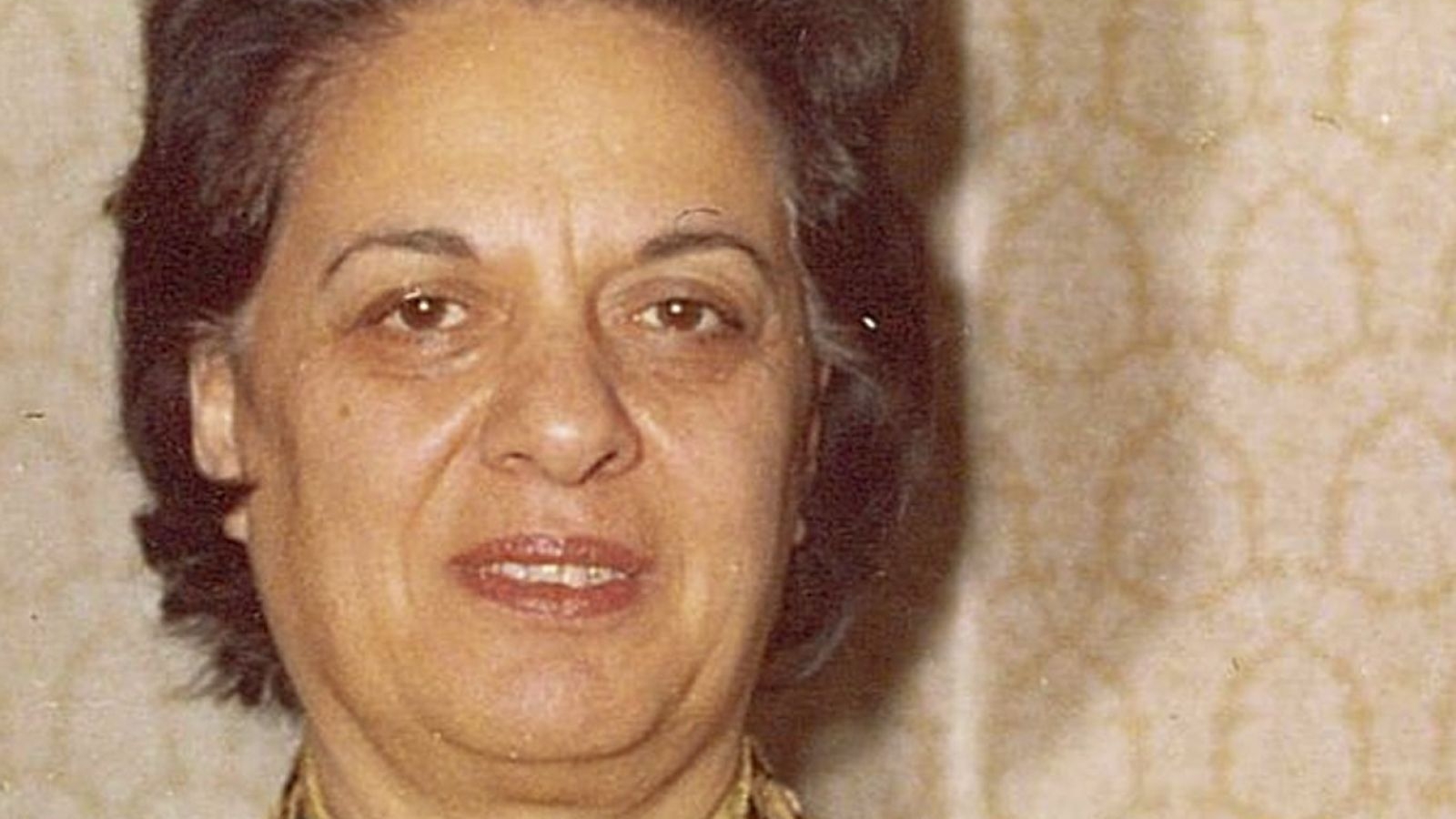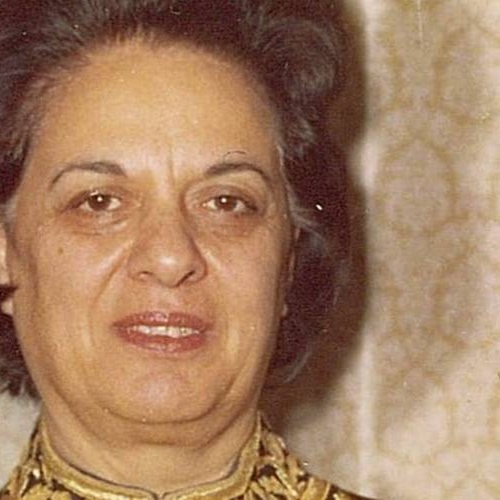Education in Iran underwent significant transformations from the Qajar era to the end of the Pahlav

Education in Iran
Education in Iran underwent significant transformations from the Qajar era to the end of the Pahlavi period. During the Qajar era, education was traditional, mainly conducted in religious schools and maktabs, with limited and unequal access
Education in Iran underwent significant transformations from the Qajar era to the end of the Pahlavi period. During the Qajar era, education was traditional, mainly conducted in religious schools and maktabs, with limited and unequal access. Toward the end of the Qajar period, modern education began with the establishment of Dar ul-Funun.
Under Reza Shah in the first Pahlavi period, reforms led to the expansion of modern schools, and formal education became compulsory. Women's education also gained attention. In the second Pahlavi period, public education expanded further, and new universities, such as the National University (Shahid Beheshti University) and Aryamehr Technical University (Sharif University of Technology), were established. By the end of the Pahlavi era, a modern educational system had taken shape, providing the foundation for universal education.
